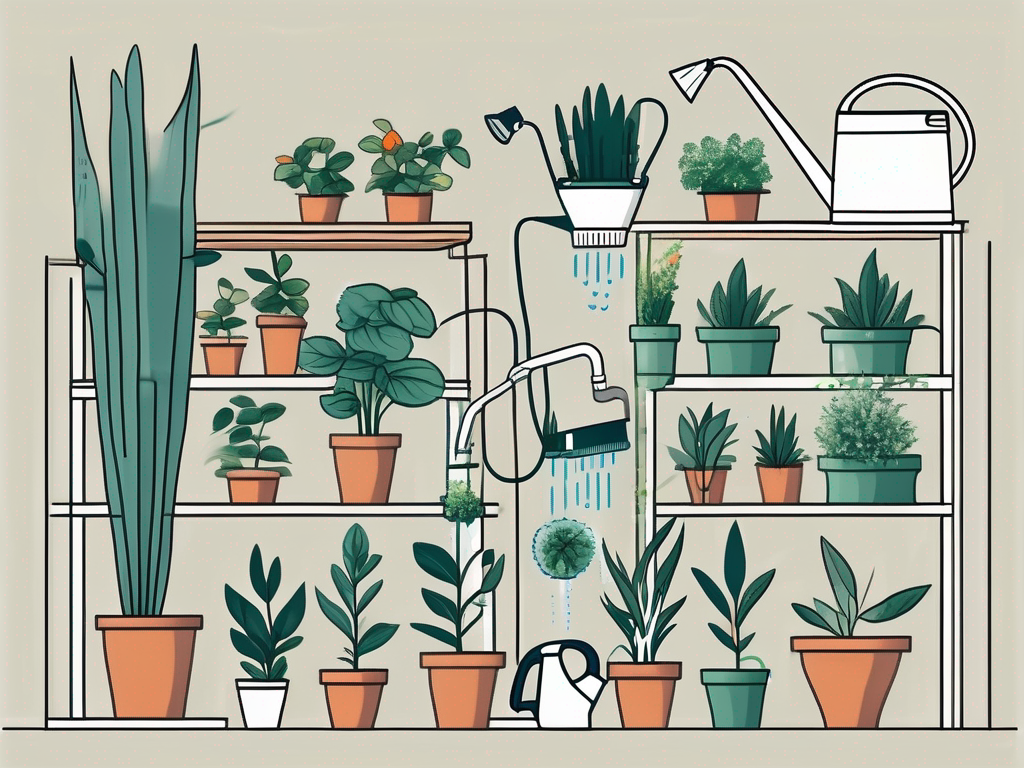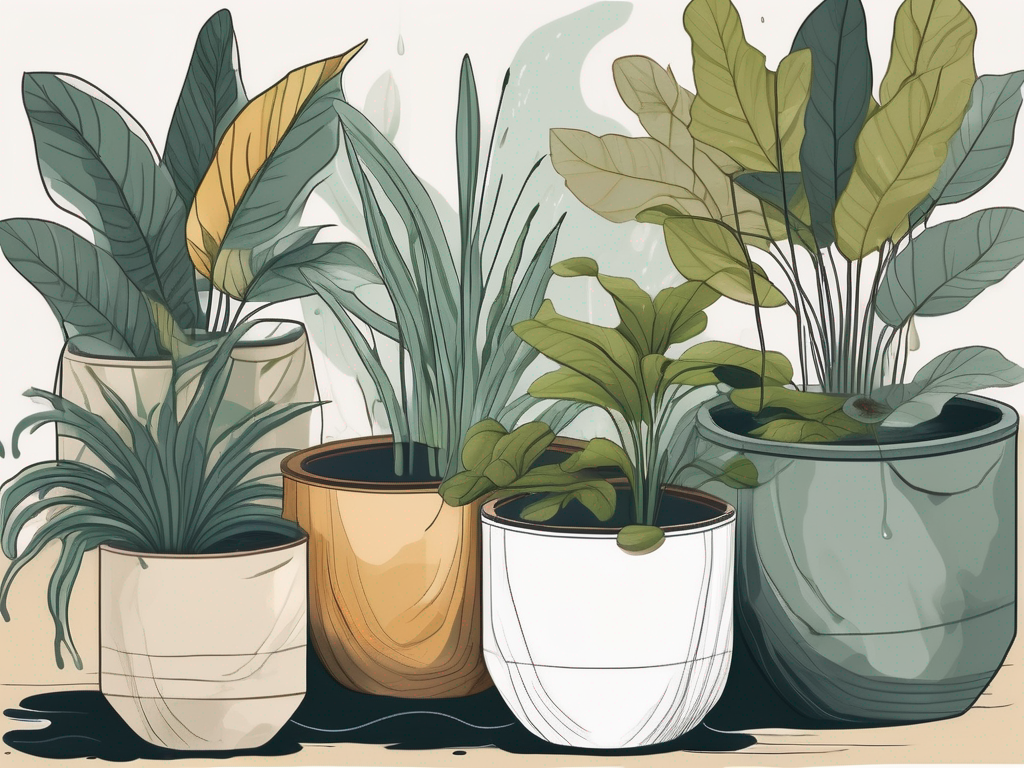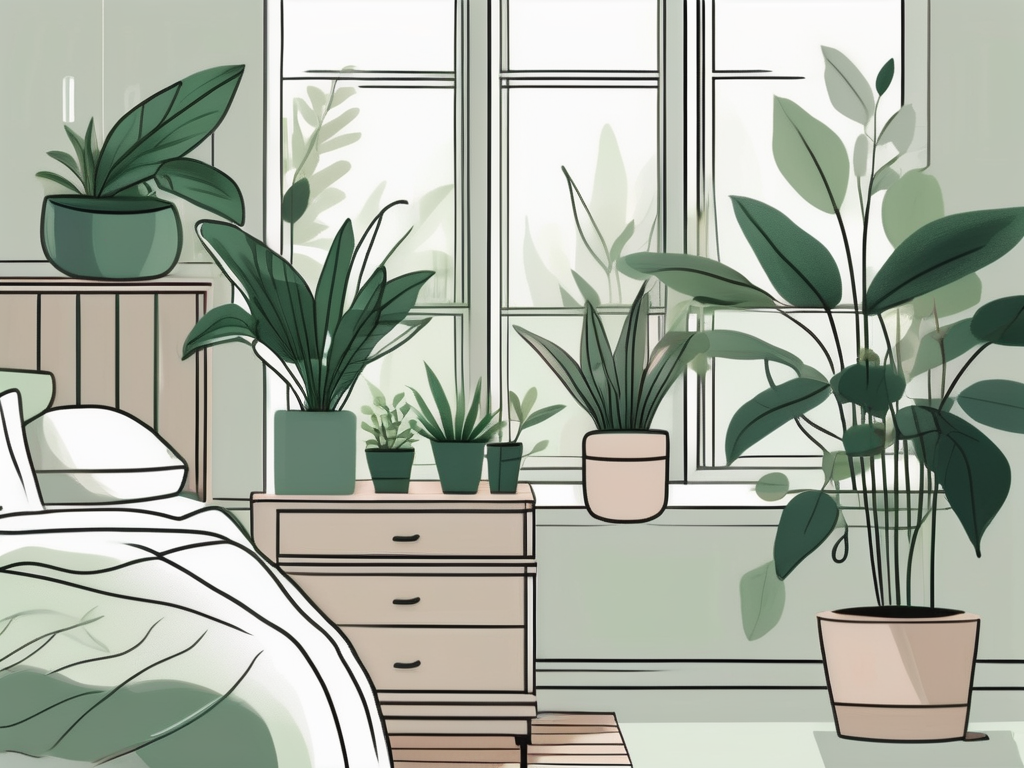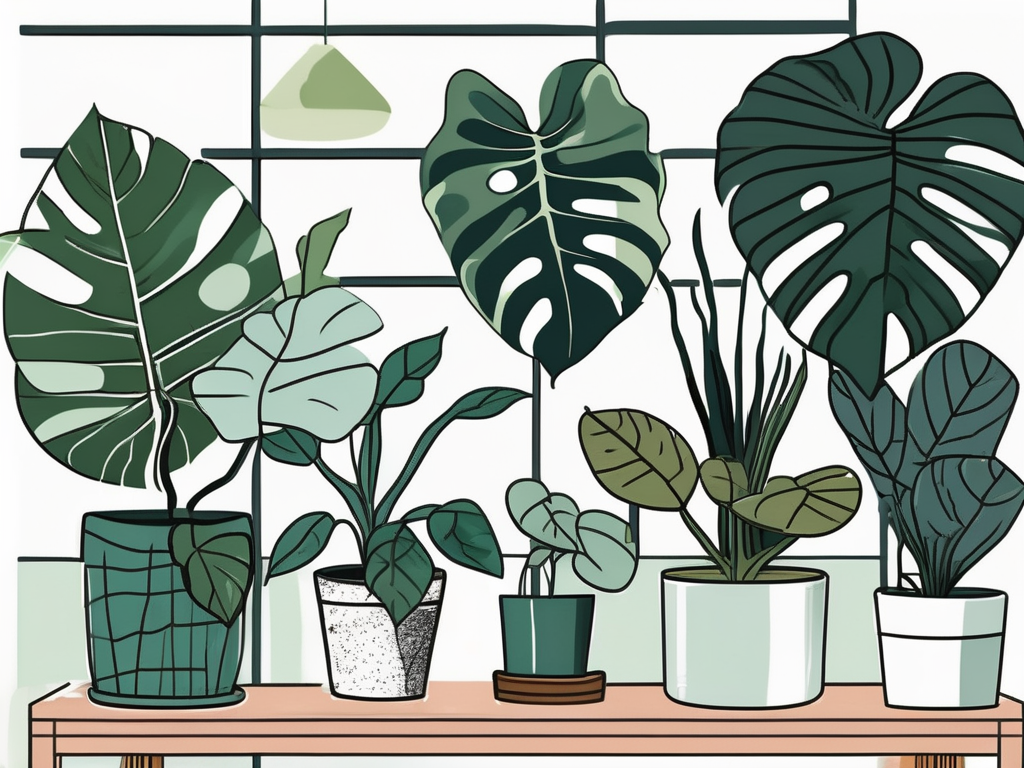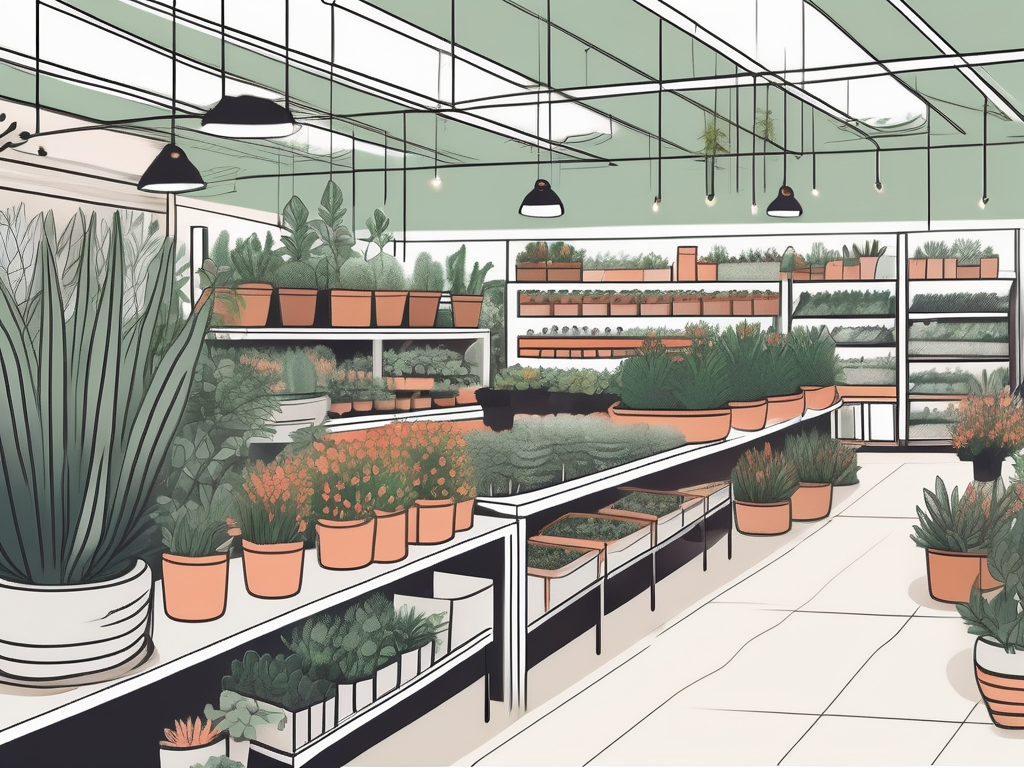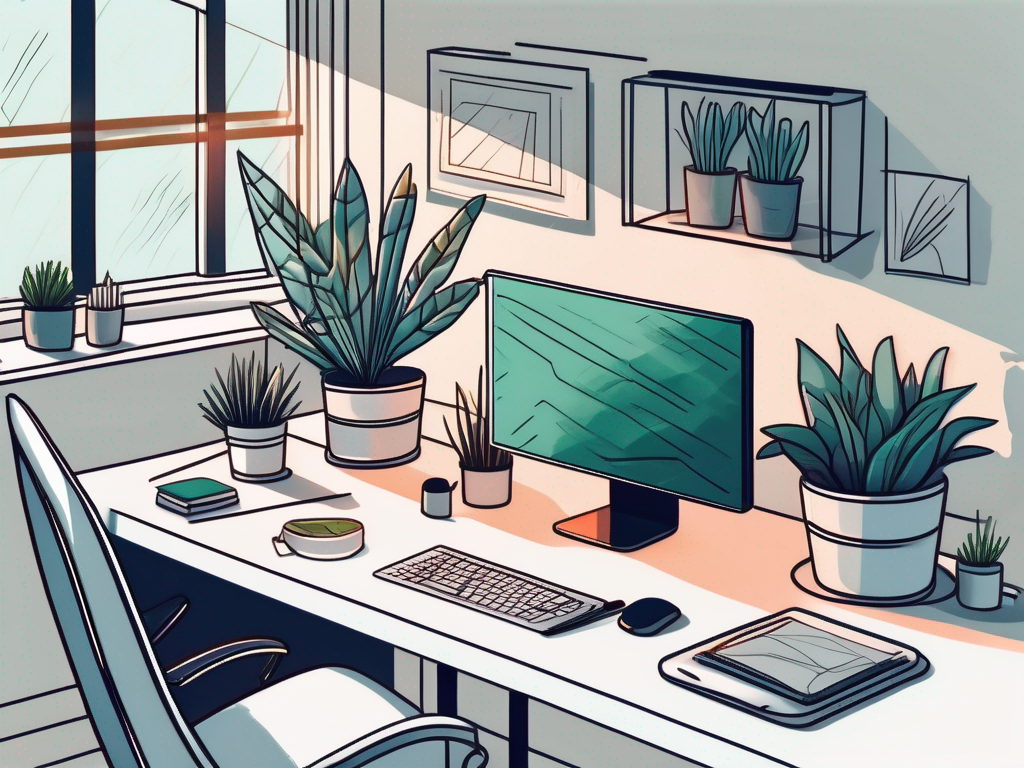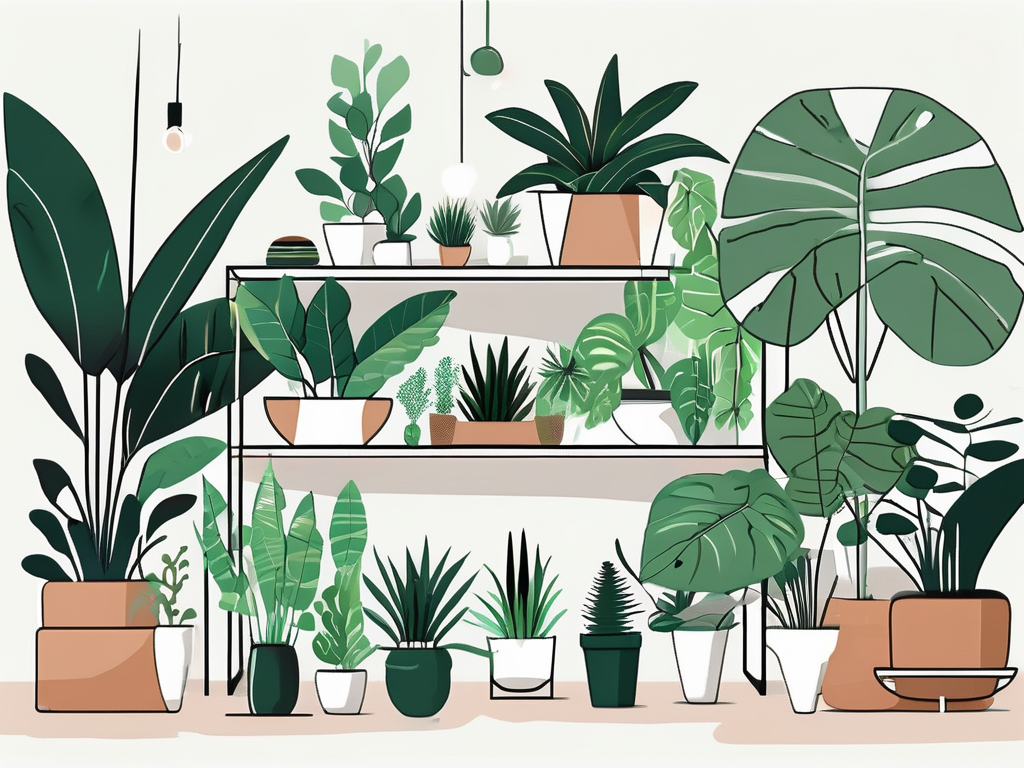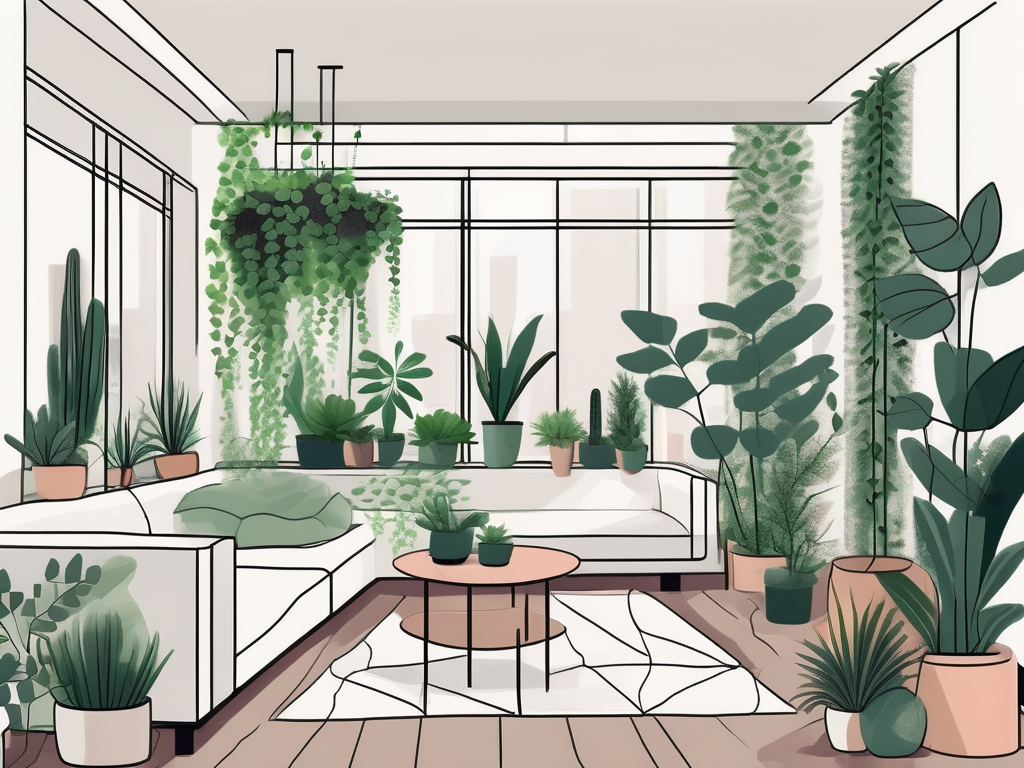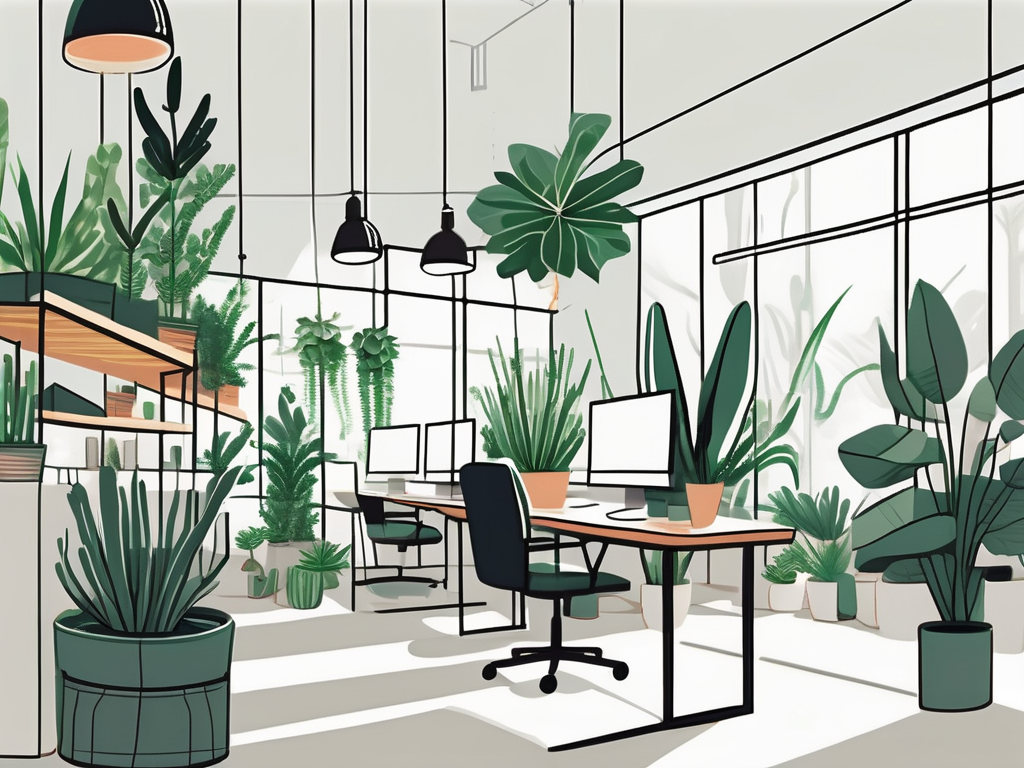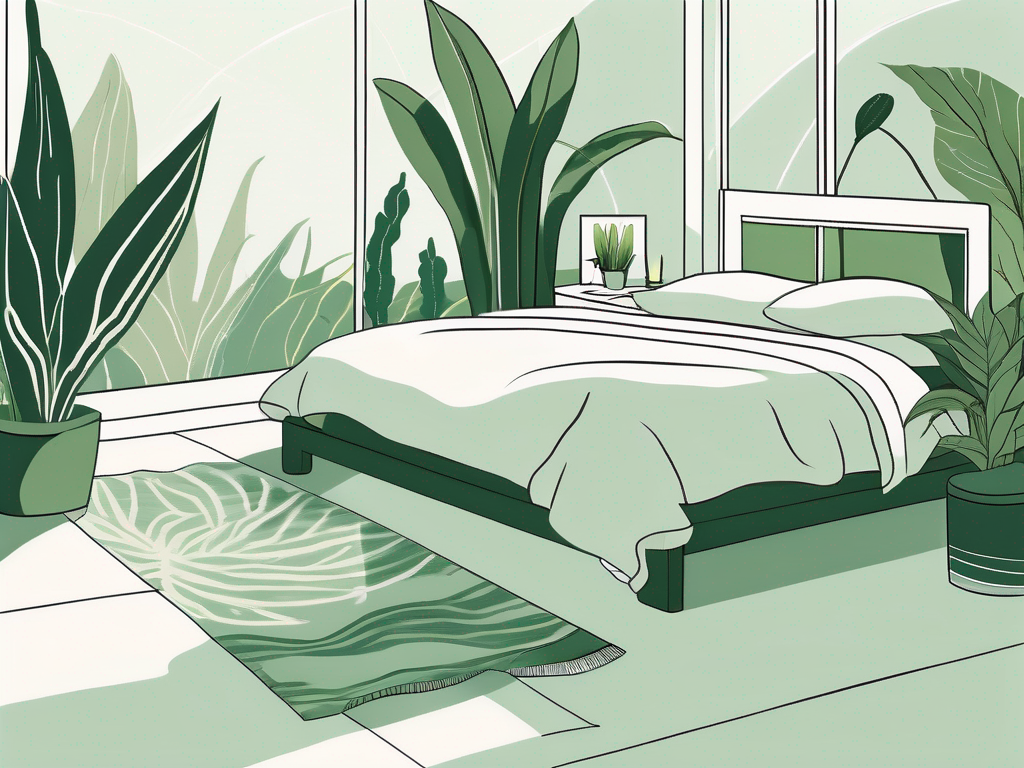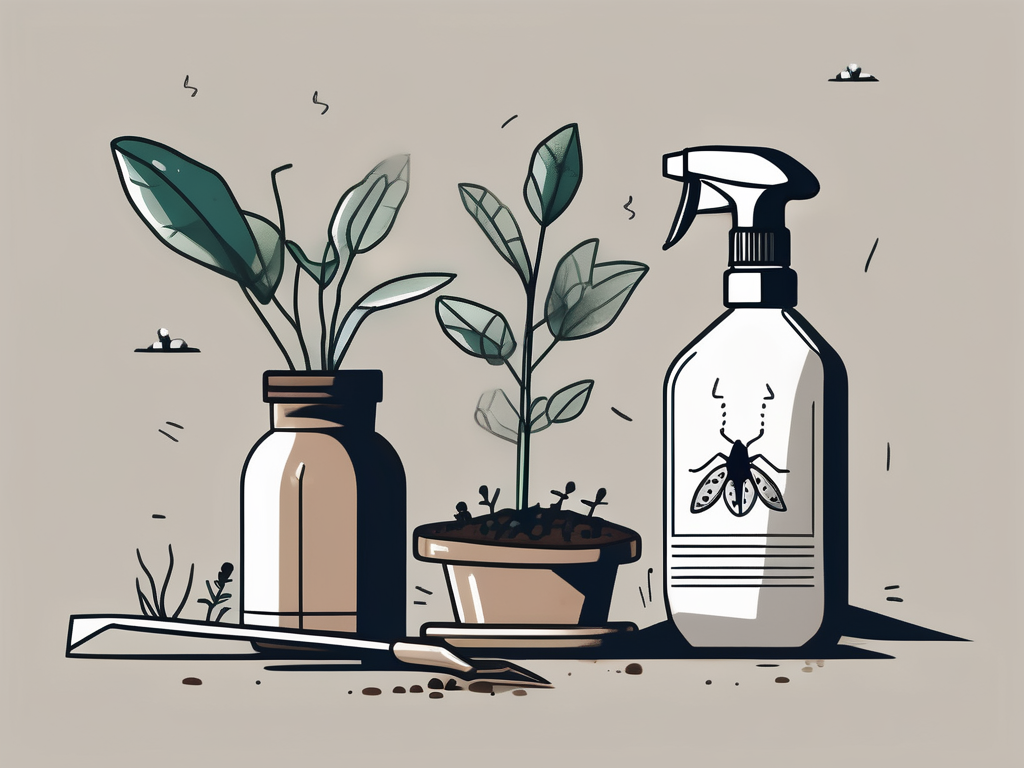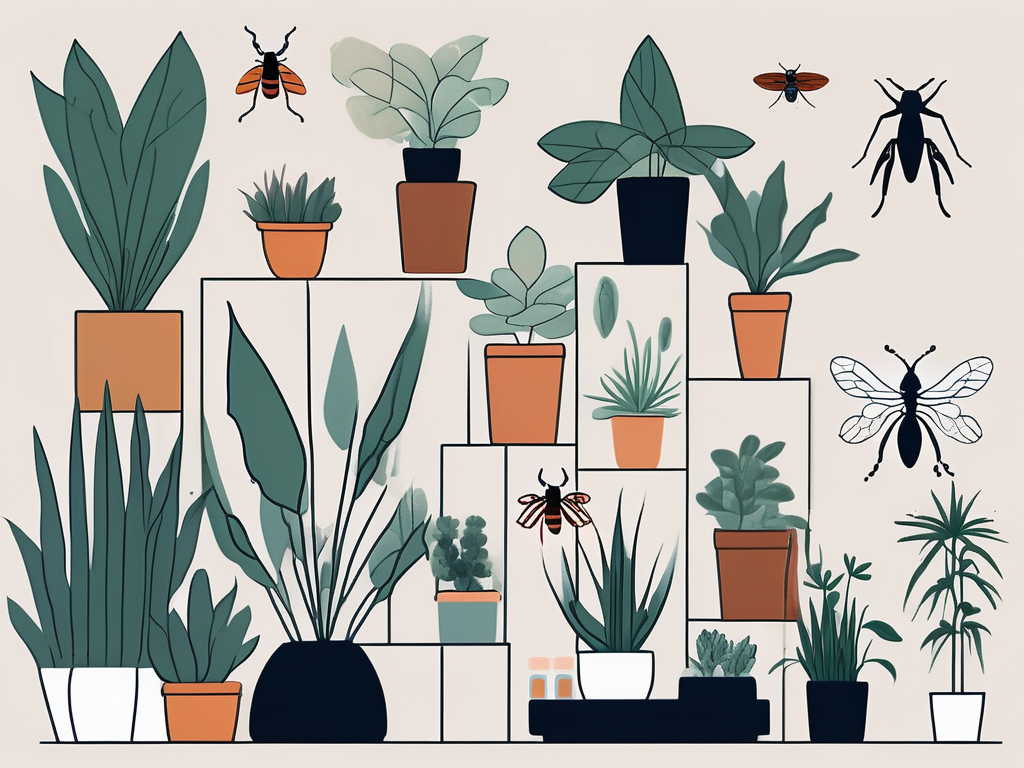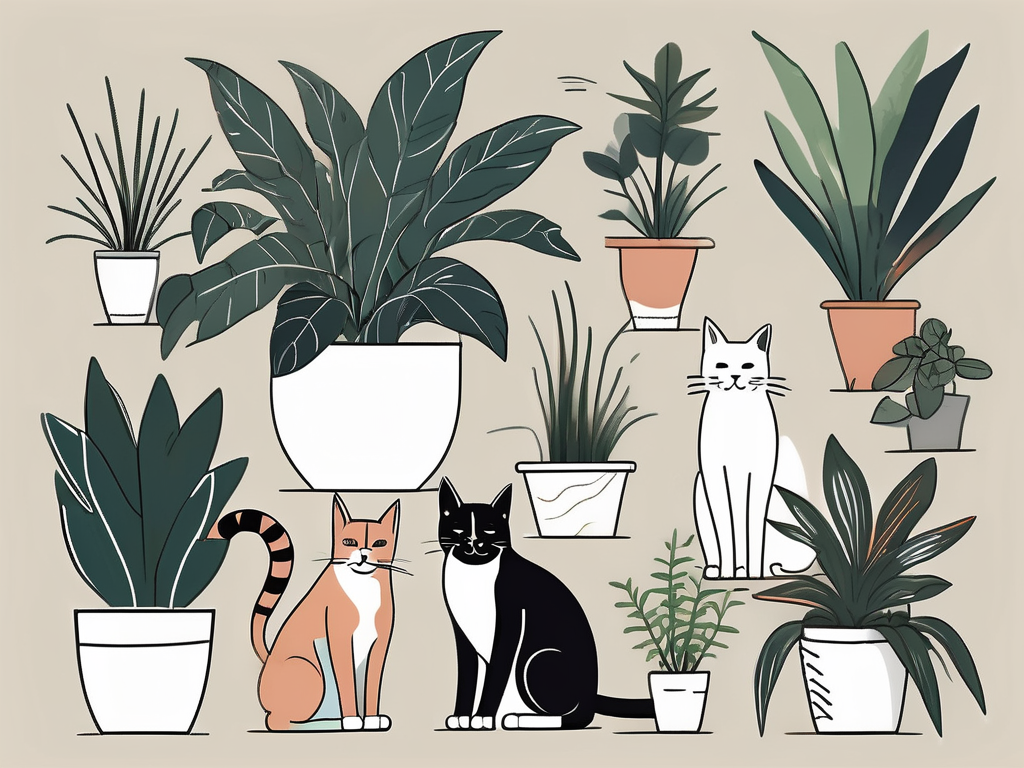
If you're both a cat lover and a plant lover, you might find yourself in a bit of a pickle. After all, we know that not all houseplants are safe for our furry friends. Cats are notorious for nibbling on leaves, and some plants can be toxic to them. But don't worry—there are plenty of beautiful, safe options out there that won't harm your feline companions.
In this article, we'll chat about some fantastic cat-safe houseplants that will keep both your home and your kitty looking and feeling great. We'll cover everything from easy-care options to those that might need a little more TLC. So, let's get started on creating a harmonious space for both you and your pet!
Why Choose Cat-Safe Plants?
Cats are curious creatures by nature, and their tendency to explore by touching, sniffing, and sometimes nibbling can lead to trouble if you have toxic plants around. Many common houseplants can pose a risk to cats, causing anything from mild irritation to severe health problems.
Opting for cat-safe plants means you don't have to worry about any unfortunate trips to the vet or keeping your plants out of paw's reach. Plus, having plants around that are safe for your pets means you can enjoy a beautifully decorated home without constantly being on edge.
Not only do these plants provide peace of mind, but they also offer the same air-purifying benefits as other houseplants. Many of them are easy to care for, making them perfect for both seasoned plant parents and beginners.
Top Cat-Safe Houseplants
Let's explore some top choices when it comes to cat-safe houseplants. These selections are beautiful, easy to care for, and, most importantly, won't pose a risk to your curious feline friends.
Spider Plant (Chlorophytum comosum)
Spider plants are a popular choice for many reasons. They're incredibly easy to care for and can thrive in various lighting conditions, although they prefer bright, indirect light. Their striking green and white striped leaves make a lovely addition to any room.
Spider plants are also great for purifying the air. They remove toxins like formaldehyde and xylene, keeping your home fresh and healthy. Plus, they produce "pups" that you can propagate to grow even more plants!
Care tips for spider plants:
- Water when the top inch of soil feels dry.
- Avoid direct sunlight, as it can scorch the leaves.
- Use well-draining soil to prevent root rot.
Bamboo Palm (Chamaedorea seifrizii)
Bamboo palms are a bit more exotic and can add a touch of the tropics to your home. They grow tall and elegant with feathery, arching fronds that provide a lush look to any space. Plus, they're excellent at removing airborne toxins.
These palms prefer bright, indirect light but can tolerate lower light conditions, making them versatile for different areas of your home.
Care tips for bamboo palms:
- Keep the soil consistently moist but not soggy.
- Mist the leaves occasionally to maintain humidity.
- Repot every couple of years to accommodate growth.
Boston Fern (Nephrolepis exaltata)
Boston ferns are known for their lush, feathery foliage. They thrive in high humidity environments, making them perfect for bathrooms or kitchens. These plants are also great at filtering out pollutants, contributing to a healthier indoor environment.
While they may require a bit more attention compared to other plants, Boston ferns are worth the effort for their stunning appearance.
Care tips for Boston ferns:
- Provide bright, indirect light to keep them healthy.
- Ensure the soil remains consistently moist.
- Mist regularly to maintain high humidity.
Choosing the Right Spot for Your Cat-Safe Plants
Finding the right spot for your plants is crucial for their health and your cat's safety. Consider both the lighting needs of the plant and the curious nature of your cat.
While some plants thrive in bright, indirect light, others prefer low-light conditions. Make sure to match the plant's light requirements to the right spot in your home. You don't want to end up with a sunburned spider plant or a bamboo palm that's struggling in the dark.
As for your feline friend, keep plants within reach if you don't mind them nibbling a bit. If you want to discourage their interaction, consider placing plants on shelves or hanging them from the ceiling. This way, you can keep your greenery safe from curious paws while still enjoying their beauty.
Potting and Soil Care
Proper potting and soil care are essential for the health of your cat-safe plants. Choosing the right soil mix and pot will help your plants thrive and reduce the risk of issues like root rot.
Most cat-safe plants prefer well-draining soil to prevent water from sitting around the roots. You can buy pre-made potting mixes or create your own by mixing equal parts of peat moss, perlite, and potting soil.
When it comes to pots, ensure they have drainage holes to allow excess water to escape. This helps prevent overwatering and keeps roots healthy. If you're using decorative pots without drainage holes, consider placing a plastic pot with holes inside as a liner.
Repotting is also an essential part of plant care. As your plants grow, they may outgrow their pots, leading to root-bound conditions. Repot them every year or two to provide fresh soil and space for new growth.
Dealing with Pests and Fungal Issues
Even the most well-cared-for plants can encounter pests and fungal issues. Fortunately, there are ways to address these problems without resorting to harsh chemicals that could harm your cat.
Common pests like spider mites, aphids, and mealybugs can be managed with natural solutions. Consider using neem oil, which is safe for both cats and plants, or making a homemade insecticidal soap by mixing water with a few drops of dish soap.
For fungal issues, ensure your plants have good air circulation and avoid overwatering. If you notice signs of fungal infections, such as powdery mildew or leaf spots, remove affected leaves and apply a fungicide that's safe for indoor plants and pets.
Creating a Cat-Friendly Plant Space
Designing a space that accommodates both your plants and your cat can be a fun and creative process. Consider incorporating elements that cater to your cat's curiosity while keeping your plants safe.
Here are some ideas:
- Use shelves to display plants at varying heights, allowing your cat to explore without reaching every plant.
- Hang plants from the ceiling to keep them out of reach.
- Provide alternative entertainment for your cat, like a window perch or cat tree, to distract them from your plants.
By designing a balanced space, you can create a harmonious environment where both your plants and your cat can thrive.
Incorporating Plants into Your Interior Design
Plants can be a stunning addition to your home's interior design. They bring life, color, and texture to any space, making it feel more inviting and cozy. When choosing plants, consider the overall style of your home.
For a minimalist or modern look, opt for plants with clean lines and simple shapes, like snake plants or zz plants. These will complement your decor without overwhelming it.
If your style leans more towards boho or eclectic, consider incorporating a variety of plant types and sizes to create a lush, jungle-like atmosphere. Mixing different textures, such as ferns and succulents, can add depth and interest to your space.
Understanding Your Cat's Behavior with Plants
Cats are naturally curious, and their interactions with plants can vary. Some might be content just to sniff or bat at the leaves, while others might decide to munch on them. Understanding your cat's behavior can help you manage their interactions with your plants.
Observe your cat's behavior and set boundaries if necessary. If your cat shows a lot of interest in a particular plant, try placing it out of reach or substituting it with a cat-safe version. You can also provide your cat with their own plant, like cat grass, to satisfy their need to chew.
Final Thoughts
Choosing cat-safe houseplants means you can enjoy a beautiful home filled with greenery without worrying about your feline friend's health. From the easy-care spider plant to the elegant bamboo palm, there are plenty of options to suit any style and skill level.
At Cafe Planta, we’re all about helping you find the perfect plants for your home. Whether you’re looking for something popular or a bit more unique, we’ve got you covered. Plus, if you ever have questions about plant care, feel free to reach out to us via email or Instagram. We’re here to help you create a thriving plant collection that you and your cats will love!

